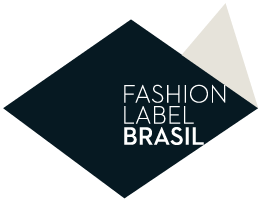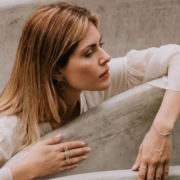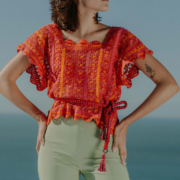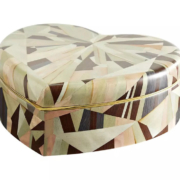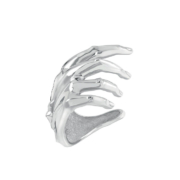Circular Economy, the future of fashion
Since before the pandemic hit, trend studies and futurism point to a paradigm shift, and the future of fashion is not different.
The way we live and consume is at stake: knowing and understanding sustainable work processes expands our creative perspective and shows that it is possible to transform through concrete actions, using tools and processes to develop products and services that respect the environment.
No wonder that research presented by the McKinsey & Company reaffirms that sustainable brands and circular business models are the future of fashion.
“The fashion industry emits approximately the same amount of greenhouse gases per year as all the economies of France, Germany and the UK combined. By 2030, it will need to cut its emissions in half – or else it will cross the 1.5-degree path to mitigating climate change, established by the Intergovernmental Panel on Climate Change and confirmed in the 2015 Paris agreement,” McKinsey & Company.

“The value chain of traditional linear fashion transitions to a circular system”, Business of Fashion.
We are living through a transition, a change, and a paradigm shift. What now? The pandemic further leveraged what was already underway and created new demands for the fashion business.
Creativity and empathy are imperative and Brazilian brands have been looking for new ways of working and caring for their employees. The circular approach encourages innovation and gives more meaning to the business that is done, creating momentum for the development of new materials and processes.
The article “A more circular fashion industry will require a collective effort,” published in The State of Fashion 2021, a global fashion industry report, and co-published by BoF and McKinsey & Company, presented consumer commitment and circularity as the keys to a more sustainable future.
“Luxury brands are evolving, more than 75% of the top 50 global luxury players are now using eco-friendly materials, while 75% are looking to reduce packaging, use more renewable energy and reduce carbon emissions”, WGSN.
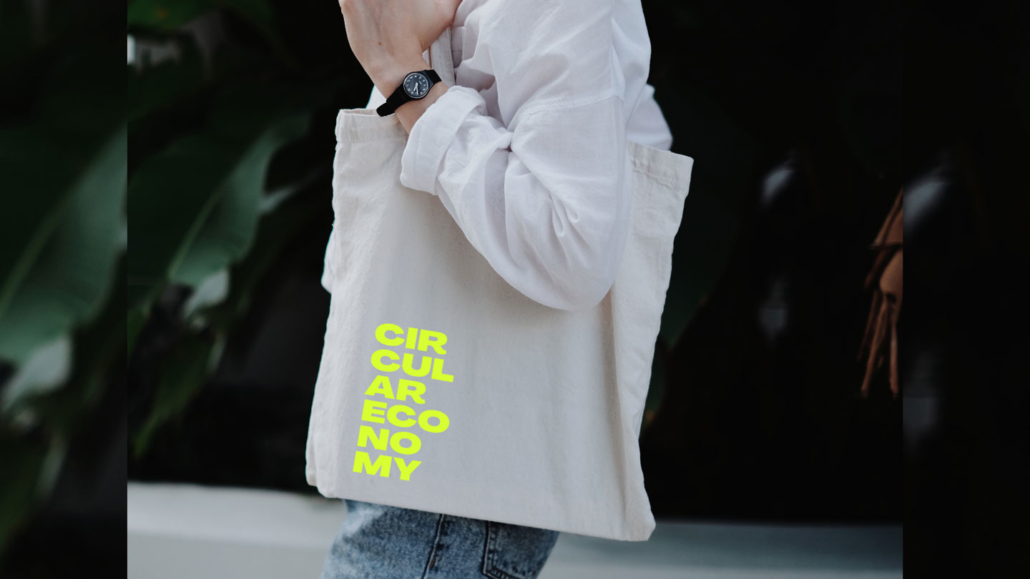
What does the consumer want?
A more conscious consumption process and future express the consumer’s social responsibility. “Over three of every five consumers said that environmental impact is an important factor in making purchasing decisions”, McKinsey.
Having said that, a promising way for the fashion world to reduce its environmental impact is by expanding circular business models, strategies to reduce waste and more efficiently use resources. “When it comes down to protecting the environment, the fashion industry knows that ‘less is more,’” the least amount of impact on the planet, the more benefits will be generated for business, people, and the environment.
“Despite the efforts of some participants, up to 12% of fibers are still discarded on the shop floor, 25% of clothes remain unsold, and less than 1% of products are recycled into new clothing. Given these numbers, action is imperative and inevitable. In fact, circularity could become the biggest disruptor for the fashion industry in the next decade,” BoF.
The priority must be to define circular strategies, address scalability challenges and take steps to scale the solutions.
The challenge of sizing circularity is the value multiplier effect in the circular system that is radically different from the linear system. “In essence, a single piece of clothing can create value over and over again – through sale and resale, repeated rental or being sold, repaired, returned, refurbished or recycled and resold again to restart the cycle,” says the Business of Fashion platform.
The sizing of circularity promotes strategies led by a diverse cast of actors and based on three core capabilities: embrace sustainable design – circularity begins in the drawing board, fabrics, and materials that designers use in their creations, “projecting for zero waste requires innovation of materials and products;” increasing reverse logistics – to optimize value retention; and support customer adoption – “for younger consumers born into the shared economy, adopting circularity is a natural step. However, older consumers may demand education and encouragement.”
In an interview with the O GLOBO newspaper, Oskar Metsavaht, creative director of Osklen, the OM.art studio, and founder of Instituto-E (which has developed and implemented social and environmental projects for over 20 years) analyzes:
“What’s lacking is an understanding of the Sustainable Social and Environmental Development concept. We forget that the human being’s relationship with nature was what led to the evolution of civilization, with its achievements and consequences. We can use natural resources for economic development, if we leave everything the same or better than what we found, for future generations. My take is to think ASAP, ‘As Sustainable As Possible and As Soon As Possible.’ Being 100% sustainable overnight is not viable”, Oskar Metsavaht.
Circularity is not the kind of revolution that can be led by some people, while others wait and see. The effort must be collective and collaborative. Let the changes begin.
Ana Khouri and Projeto Ovo (“Egg Project”)
“’Change will not come if we wait for some other person, or if we wait for some other time. We are the ones we’ve been waiting for. We are the change that we seek.’ This is a quote by Barack Obama. We at Projeto Ovo love this quote, for we believe it is of the utmost urgency to become the creators of our lives and of a new reality, rather than placing ourselves as victims of it.”
In 2014, associate Ana Khouri launched Projeto Ovo, a nonprofit organization to raise funds for 80 Brazilian NGOs.
“Projeto Ovo does two things at once: gives new life to old clothes and helps underprivileged people by donating 100% of sales proceeds.”
The project sells second-hand clothes and accessories on the online platform and reverts 100% of the value to social and environmental causes in Brazil.
“The egg symbolizes rebirth and a new life, hence the name of the project. We regard the whole as part of ourselves. And so, we are one.”
#economiacircular #projetoovo #anakhouri #modacircular #sistemacircular #circularidade
